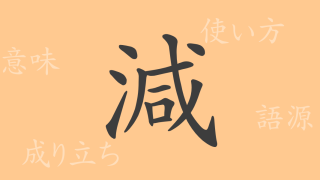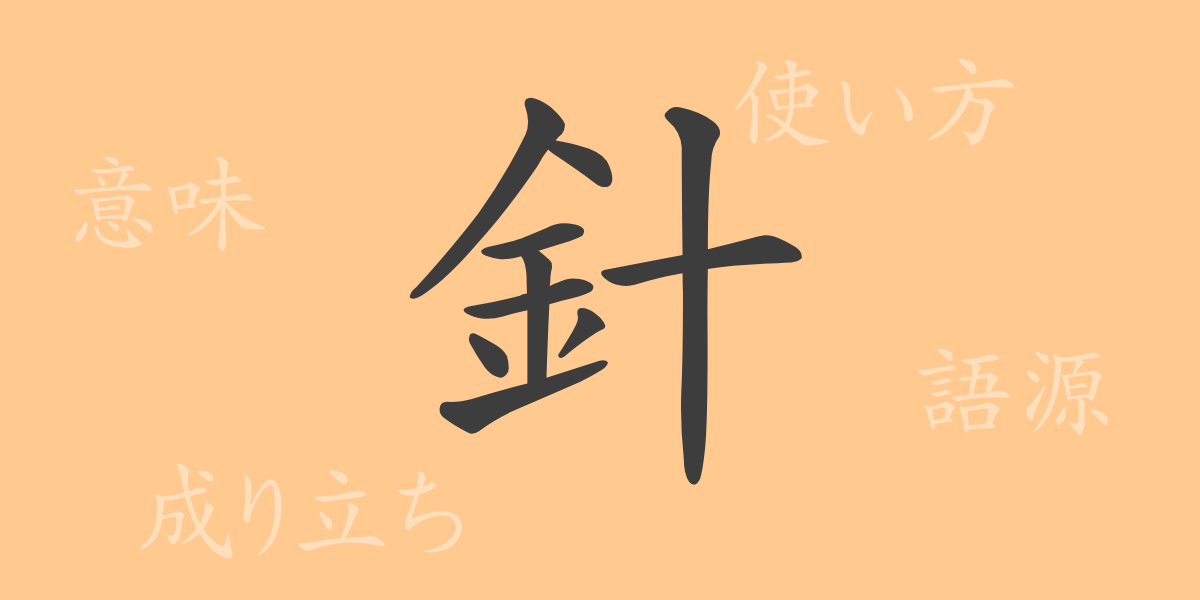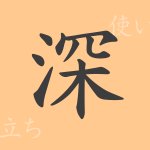In everyday life, the seemingly simple ‘needle’ carries a long history and is deeply ingrained in our language. This article focuses on the Kanji ‘針’ (はり), exploring its origins, meanings, applications, readings, stroke count, radical, and extends to idioms and proverbs related to it. Let’s rediscover the significance of ‘needle’ in Japanese culture.
Origins of 針 (はり)
The etymology of ‘針’ dates back to its use as a slender tool for sewing. Ancient Chinese texts also describe its form, indicating that before metal needles, needles were made from carved wood or bone. Over time, the manufacturing techniques and materials evolved, leading to the various types of needles used today.
Meaning and Usage of 針
The Kanji ‘針’ directly refers to a long, thin tool used for sewing or embroidery but is also used metaphorically. For instance, cutting words can be described as ‘like a needle’ and it denotes the hands of a clock, symbolizing the passage of time. Its usage is diverse and multifaceted.
Readings, Stroke Count, and Radical of 針
The Kanji ‘針’ offers multiple readings:
- Readings: On’yomi ‘シン’, Kun’yomi ‘はり’
- Stroke Count: 10 strokes.
- Radical: The radical is ‘金’ (かねへん), related to metal.
Phrases and Proverbs Using 針
‘針’ is featured in various Japanese idioms and proverbs, each reflecting its symbolic meanings:
- 針の穴から天を覗く (はりのあなからてんをのぞく): A proverb meaning to view things from a very narrow perspective.
- 針に糸を通す (はりにいとをとおす): Represents performing a delicate and difficult task, a commonly used expression in everyday conversation.
Conclusion on 針
Through this article, we have explored the rich history and cultural significance of the Kanji ‘針’. From being a mere sewing tool to representing metaphorical meanings through language, its applications are extensive. As a commonly used Kanji in Japanese, ‘針’ remains integral to our daily lives and continues to enrich our language.

























